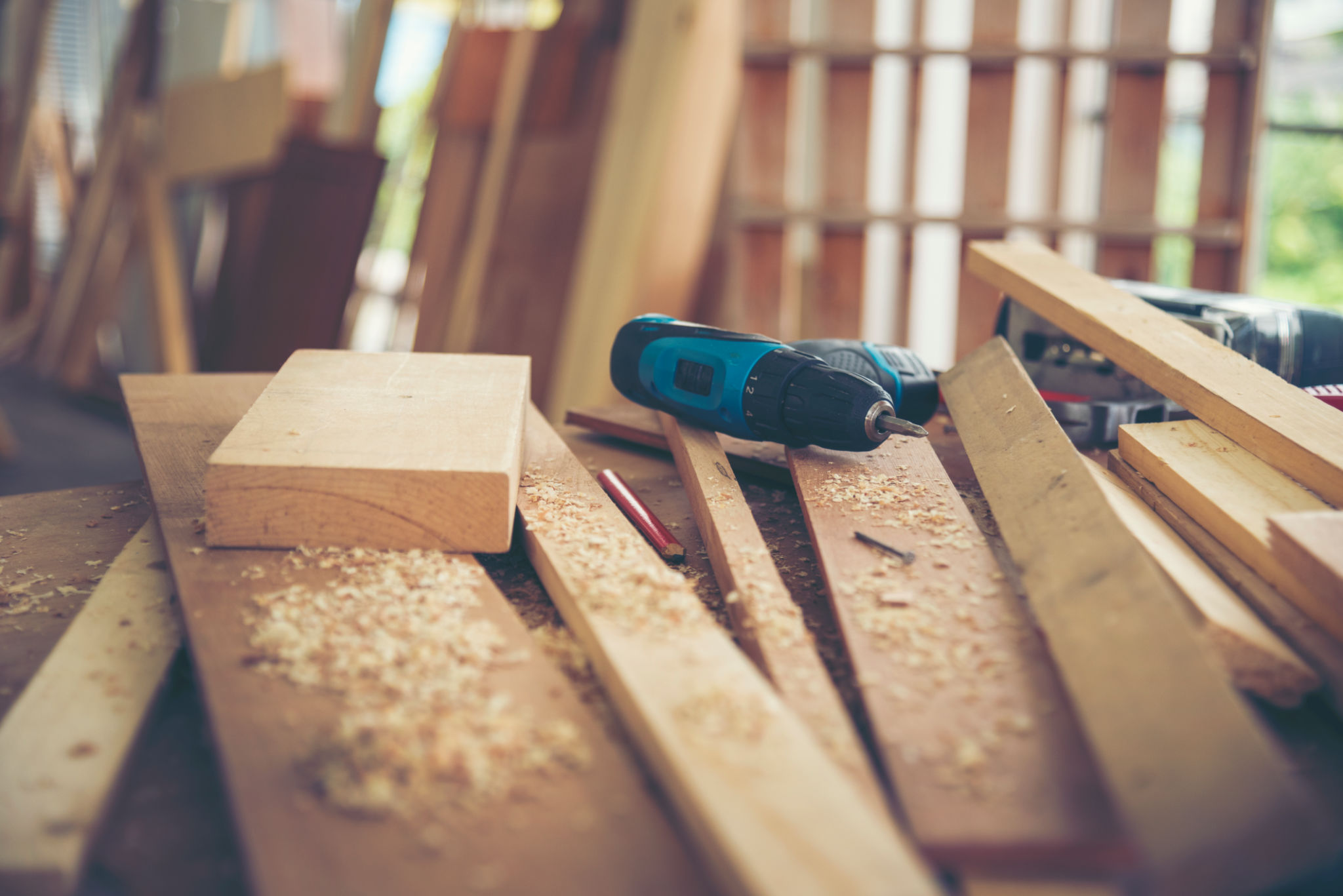Mastering Residential Carpentry: Essential Tips for Homeowners
Understanding the Basics of Residential Carpentry
Residential carpentry is a vital skill for homeowners looking to perform small repairs, renovations, or even build new structures within their homes. Understanding the basic tools and techniques can empower you to handle many common tasks on your own. Whether it's fixing a squeaky floorboard or installing a new bookshelf, mastering these skills can save you time and money.

Before diving into any carpentry project, it's crucial to familiarize yourself with essential carpentry tools. Some of the key tools you'll need include a hammer, measuring tape, carpenter's pencil, level, and a set of saws. Each tool serves a specific purpose and understanding their uses can make your projects more efficient and accurate.
Planning Your Project
Proper planning is the cornerstone of successful carpentry projects. Start by clearly defining the scope of your project and creating a detailed plan. This involves measuring the space you will work on, choosing the right materials, and estimating the time needed for completion. A well-thought-out plan helps prevent costly mistakes and ensures smoother execution.
When planning your project, consider the style and design that best suits your home. Research different designs and gather inspiration from various sources like magazines and online platforms. This will help you create a cohesive look that enhances your living space.

Safety First: Essential Precautions
Safety is a priority in any carpentry project. Always wear appropriate safety gear such as goggles, gloves, and ear protection. Ensure your workspace is clean and free of any hazards that might cause accidents. Familiarize yourself with each tool's safety instructions before use, especially if you're a beginner.
Additionally, make sure to work in a well-ventilated area, particularly if you're using paints or adhesives that emit fumes. Keep a first-aid kit handy in case of minor injuries, and know the location of emergency shut-off switches for power tools.
Understanding Wood Types and Their Uses
Choosing the right type of wood is essential for any carpentry project. Different woods have unique properties that affect their durability, appearance, and suitability for various tasks. Common types include pine, oak, and maple. Pine is softwood that's easy to work with and affordable, making it ideal for beginners. Oak is a hardwood known for its strength and durability, perfect for furniture making.

Maple is another hardwood with a fine grain, often used for cabinetry and flooring. Understanding these characteristics will help you select the best wood for your specific project needs.
Mastering Basic Carpentry Techniques
Once you've got your tools and materials ready, it's time to focus on fundamental carpentry techniques. Learning how to measure accurately is crucial for ensuring all parts fit together correctly. Practice cutting wood at accurate angles using saws, and learn how to join pieces together securely using nails, screws, or wood glue.
A strong foundation in these basic techniques allows you to tackle more complex projects with confidence. As you gain experience, you'll develop a better understanding of how different elements work together in residential carpentry.

Conclusion: The Journey to Mastery
Mastering residential carpentry is an ongoing journey that requires practice and patience. By starting with small projects and gradually taking on more complex tasks, you can hone your skills over time. Remember to stay informed about new tools and materials that can make your work easier and more efficient.
With dedication and attention to detail, you'll not only improve your home's functionality but also add personal touches that reflect your style. Embrace each challenge as an opportunity to learn, and enjoy the satisfaction that comes with creating something with your own hands.
